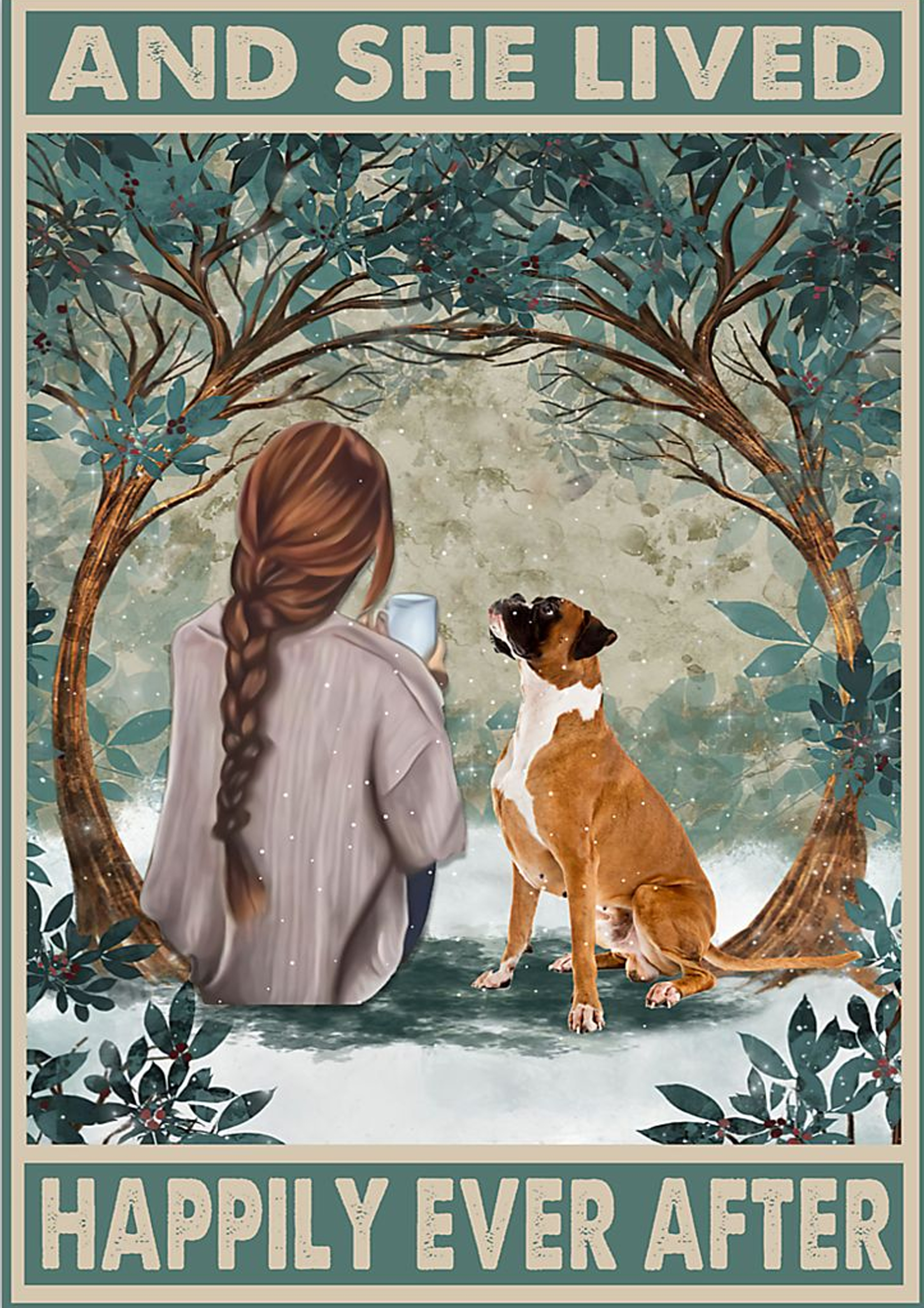class="post-55937 post type-post status-publish format-standard has-post-thumbnail hentry category-boxboxshirt">
BOXBOXSHIRT
Golf Ball Wings American Flag Custom Name Cap – LIMITED EDITION
BUY HERE: Golf Ball Wings American Flag Custom Name Cap
Golf Ball Wings American Flag Custom Name Cap – LIMITED EDITION
Golf Ball Wings American Flag Custom Name Cap A golf ball is a special ball designed to be used in the game of golf. Under the rules of golf, a golf ball has a mass no more than 1.620 oz (45.93 grams), has a diameter not less than 1.680 in (42.67 mm), and performs within specified velocity, distance, and symmetry limits. Like golf clubs, golf balls are subject to testing and approval by The R&A (formerly part of the Royal and Ancient Golf Club of St Andrews) and the United States Golf Association, and those that do not conform with regulations may not be used in competitions (Rule 5–1).
Golf Ball Wings American Flag Custom Name Cap It is commonly believed that hard wooden, round balls were the first balls used for golf between the 14th through the 17th centuries. Though they were no doubt used for other similar contemporary stick and ball games, made from hardwoods such as beech and box trees, there is no definite evidence that they were used in golf in Scotland. It is equally, if not more likely, that leather balls filled with cows’ hair were used, imported from The Netherlands from at least 1486 onward. Then or later, the featherie ball was developed and introduced. A featherie, or feathery, is a hand-sewn round leather pouch stuffed with chicken or goose feathers and coated with paint, usually white in color. The volume measurement for the feathers was a gentleman’s top hat full of feathers. The feathers were boiled and softened before they were stuffed into the leather pouch. Making a featherie was a tedious and time-consuming process. An experienced ball maker could only make a few balls in one day, and so they were expensive. A single ball would cost between 2 shillings and 5 shillings, which is the equivalent of 10 to 20 US dollars today.
Golf Ball Wings American Flag Custom Name Cap There were a few drawbacks to the featherie. First, it was hard to make a perfectly round, spherical ball, and because of this, the featherie often flew irregularly. Secondly, when the featherie became too wet, its distance would be reduced, and there was a possibility of its splitting open upon impact when hit or when hitting the ground or other hard surface. Despite these, the featherie was still a dramatic improvement over the wooden ball, and remained the standard golf ball well into the 19th century.
Golf Ball Wings American Flag Custom Name Cap In 1848, the Rev. Dr. Robert Adams Paterson (sometimes spelled Patterson) invented the gutta-percha ball (or guttie, gutty). The guttie was made from dried sap of the Malaysian sapodilla tree. The sap had a rubber-like feel and could be made spherical by heating and shaping it in a mold. Because gutties were cheaper to produce, could be re-formed if they became out-of-round or damaged, and had improved aerodynamic qualities, they soon became the preferred ball for use. Accidentally, it was discovered that nicks in the guttie from normal use actually provided a ball with a more consistent ball flight than a guttie with a perfectly smooth surface. Thus, makers began intentionally making indentations into the surface of new balls using either a knife or hammer and chisel, giving the guttie a textured surface. Many patterns were tried and used. These new gutties, with protruding nubs left by carving patterned paths across the ball’s surface, became known as “brambles” due to their resemblance to bramble fruit.
Golf Ball Wings American Flag Custom Name Cap The next major breakthrough in golf ball development came in 1898. Coburn Haskell of Cleveland, Ohio had driven to nearby Akron, Ohio for a golf date with Bertram Work, the superintendent of the B.F. Goodrich Company. While he waited in the plant for Work, Haskell picked up some rubber thread and wound it into a ball. When he bounced the ball, it flew almost to the ceiling. Work suggested Haskell put a cover on the creation, and that was the birth of the 20th century wound golf ball that would soon replace the guttie bramble ball. The new design became known as the rubber Haskell golf ball. For decades, the wound rubber ball consisted of a liquid-filled or solid round core that was wound with a layer of rubber thread into a larger round inner core and then covered with a thin outer shell made of balata sap. The balata is a tree native to Central and South America and the Caribbean. The tree is tapped and the soft, viscous fluid released is a rubber-like material similar to gutta-percha, which was found to make an ideal cover for a golf ball. Balata, however, is relatively soft. If the leading edge of a highly lofted short iron contacts a balata-covered ball in a location other than the bottom of the ball a cut or “smile” will often be the result, rendering the ball unfit for play.

HASHTAGS: #golfballs #golf #golfswing #golfclub #golfstagram #golfshot #golfisfun #golfing #pga #golfer #golfpro #golflife #golffitness #golfball #golfmagazine #instagolf #golftips #golfers #golfland #golfcuties #pgatour #golfclubs #golfaddict #golfbeauty #golfgirlsrock #golfbabes #golfqueens #golfqueen #collegegirlgolfer #bhfyp



HomePage : https://tezostores.com/


